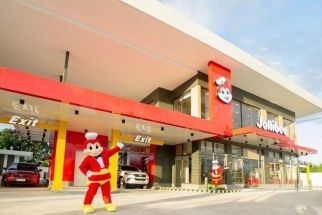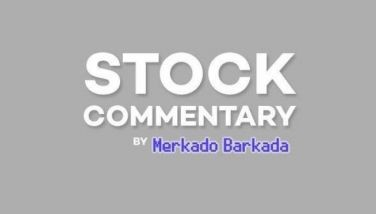Toyota Autoparts earns $231M in H1 exports

August 24, 2005 | 12:00am
Toyota Autoparts reported yesterday that earnings from exports of autoparts went up by nearly 28 percent to $231 million in the first half of the year from $181 million in the same period last year.
Toyota Motors Philippines Inc. senior vice president Serafin Pantaleon said the first half export figures were more than half of the company’s $451 million export target for the whole of 2005.
Pantaleon attributed the 27.6 percent increase in first half autoparts exports to Toyota’s IMV (Innovative Multi-purpose Vehicle) program.
There are currently only three vehicles under TMPI’s IMV program.
These are the Innova, the Hi-Lux pick-up and the Fortuner sports utility vehicle.
While TMPI currently does not manufacture any vehicle for export, it has been actively exporting autoparts to Toyota’s global network.
TMPI is thus hoping that the government will eventually include autopart exports in the Automotive Export Program (AEP).
The AEP currently involves only exports of completely-built up (CBU) units.
Under such a proposal, autoparts makers would enjoy a tax credit based on the exports of the automotive assemblers.
Under the current AEP, to qualify for a tax credit, the exporter must be able to export a minimum of 10,000 units a year with a minimum value $50,000 (or $5,000 per unit).
Automotive manufacturers enjoy a reduced tariff of 20 percent on CBU from the most favored nation (MFN) tariff of 30 percent and to one percent from the common effective preferential tariff (CEPT) rate of five percent.
Foreign exchange earnings of the AEP participants would be used to offset the differential on the tariff rates.
The consolidation would ensure that both automotive exports and auto parts exports would grow together.
Another proposal from autoparts makers is for the government to reduce the current three percent tariff on their raw materials.
According to Board of Investments (BOI) managing head Elmer Hernandez, the BOI is still studying how to include auto parts exports under the AEP which grants tax credits to exports of completely built-up (CBU) automotive units.
Exports of parts and components over the past five years averaged $1 billion a year up to 2003.
However, in 2004, exports of parts and components increased to $1.74 billion and by 2008, dollar income is projected to reach $3 billion.
Toyota Motors Philippines Inc. senior vice president Serafin Pantaleon said the first half export figures were more than half of the company’s $451 million export target for the whole of 2005.
Pantaleon attributed the 27.6 percent increase in first half autoparts exports to Toyota’s IMV (Innovative Multi-purpose Vehicle) program.
There are currently only three vehicles under TMPI’s IMV program.
These are the Innova, the Hi-Lux pick-up and the Fortuner sports utility vehicle.
While TMPI currently does not manufacture any vehicle for export, it has been actively exporting autoparts to Toyota’s global network.
TMPI is thus hoping that the government will eventually include autopart exports in the Automotive Export Program (AEP).
The AEP currently involves only exports of completely-built up (CBU) units.
Under such a proposal, autoparts makers would enjoy a tax credit based on the exports of the automotive assemblers.
Under the current AEP, to qualify for a tax credit, the exporter must be able to export a minimum of 10,000 units a year with a minimum value $50,000 (or $5,000 per unit).
Automotive manufacturers enjoy a reduced tariff of 20 percent on CBU from the most favored nation (MFN) tariff of 30 percent and to one percent from the common effective preferential tariff (CEPT) rate of five percent.
Foreign exchange earnings of the AEP participants would be used to offset the differential on the tariff rates.
The consolidation would ensure that both automotive exports and auto parts exports would grow together.
Another proposal from autoparts makers is for the government to reduce the current three percent tariff on their raw materials.
According to Board of Investments (BOI) managing head Elmer Hernandez, the BOI is still studying how to include auto parts exports under the AEP which grants tax credits to exports of completely built-up (CBU) automotive units.
Exports of parts and components over the past five years averaged $1 billion a year up to 2003.
However, in 2004, exports of parts and components increased to $1.74 billion and by 2008, dollar income is projected to reach $3 billion.
BrandSpace Articles
<
>
- Latest
- Trending
Trending
Latest
Trending
Latest
Recommended
January 13, 2025 - 12:00am





























